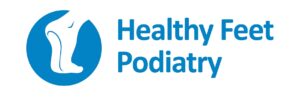SERVICES
ORTHOTICS
Orthotics can be part of a comprehensive treatment plan to address various symptoms relating to pain and discomfort in the feet and legs. Some of the goals we have for orthotic therapy include:
- correcting foot and limb length deformities
- helping the foot and ankle function better biomechanically
- reducing the risks of further injury
At Healthy Feet Podiatry we offer both traditional plaster casting and digital 3D scanning of the foot. We utilise a number of orthotics labs from around Australia to ensure you are getting the best quality orthotic to suit your situation. The range includes direct milled EVA devices, carbon fibre, polypropylene and 3D printed PA 11 nylon devices. We also offer a variety of off-the-shelf orthotics which can suit both adults and children.
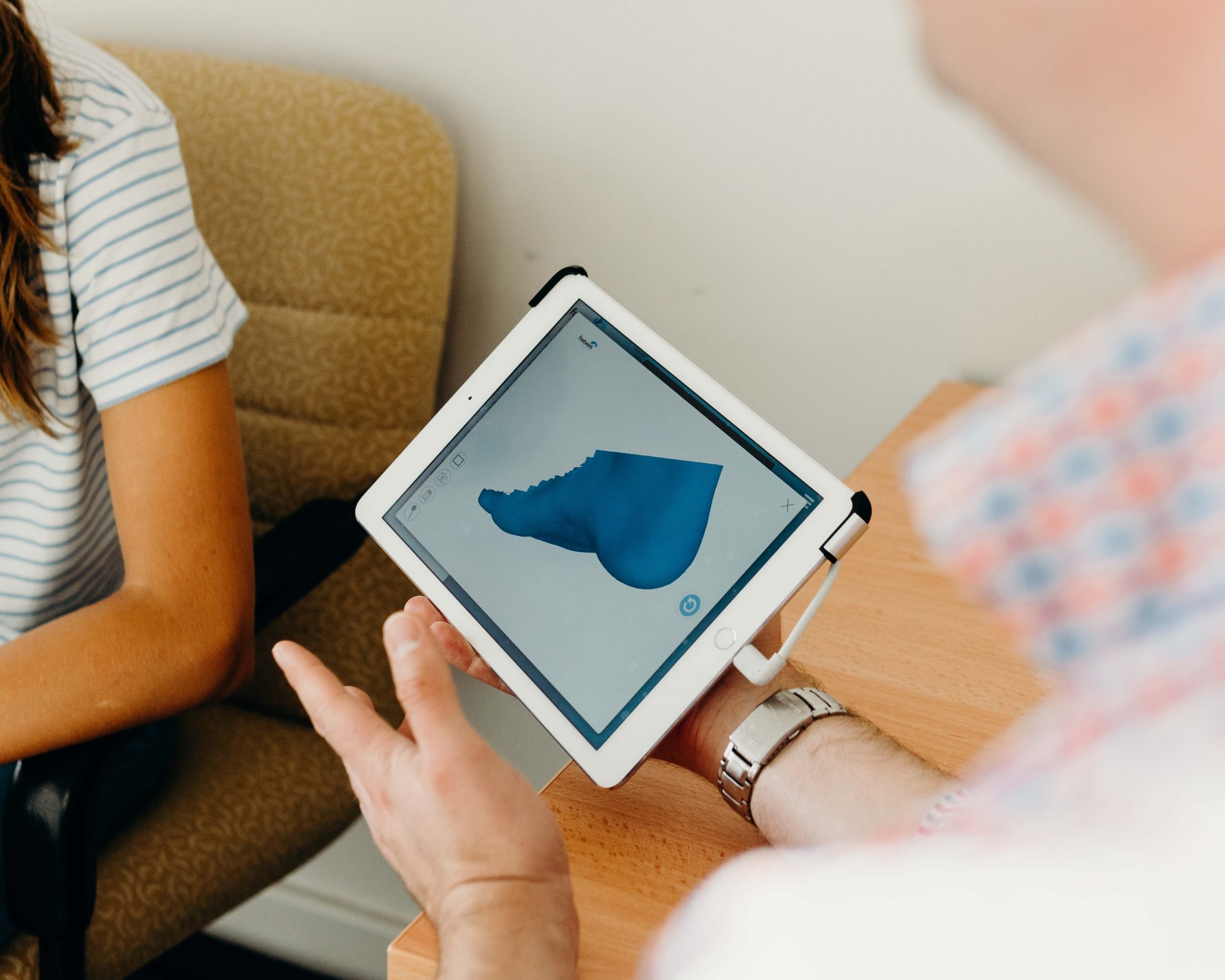

ORTHOTICS
Orthotics can be part of a comprehensive treatment plan to address various symptoms relating to pain and discomfort in the feet and legs. Some of the goals we have for orthotic therapy include:
- correcting foot and limb length deformities
- helping the foot and ankle function better biomechanically
- reducing the risks of further injury
At Healthy Feet Podiatry we offer both traditional plaster casting and digital 3D scanning of the foot. We utilise a number of orthotics labs from around Australia to ensure you are getting the best quality orthotic to suit your situation. The range includes direct milled EVA devices, carbon fibre, polypropylene and 3D printed PA 11 nylon devices. We also offer a variety of off-the-shelf orthotics which can suit both adults and children.
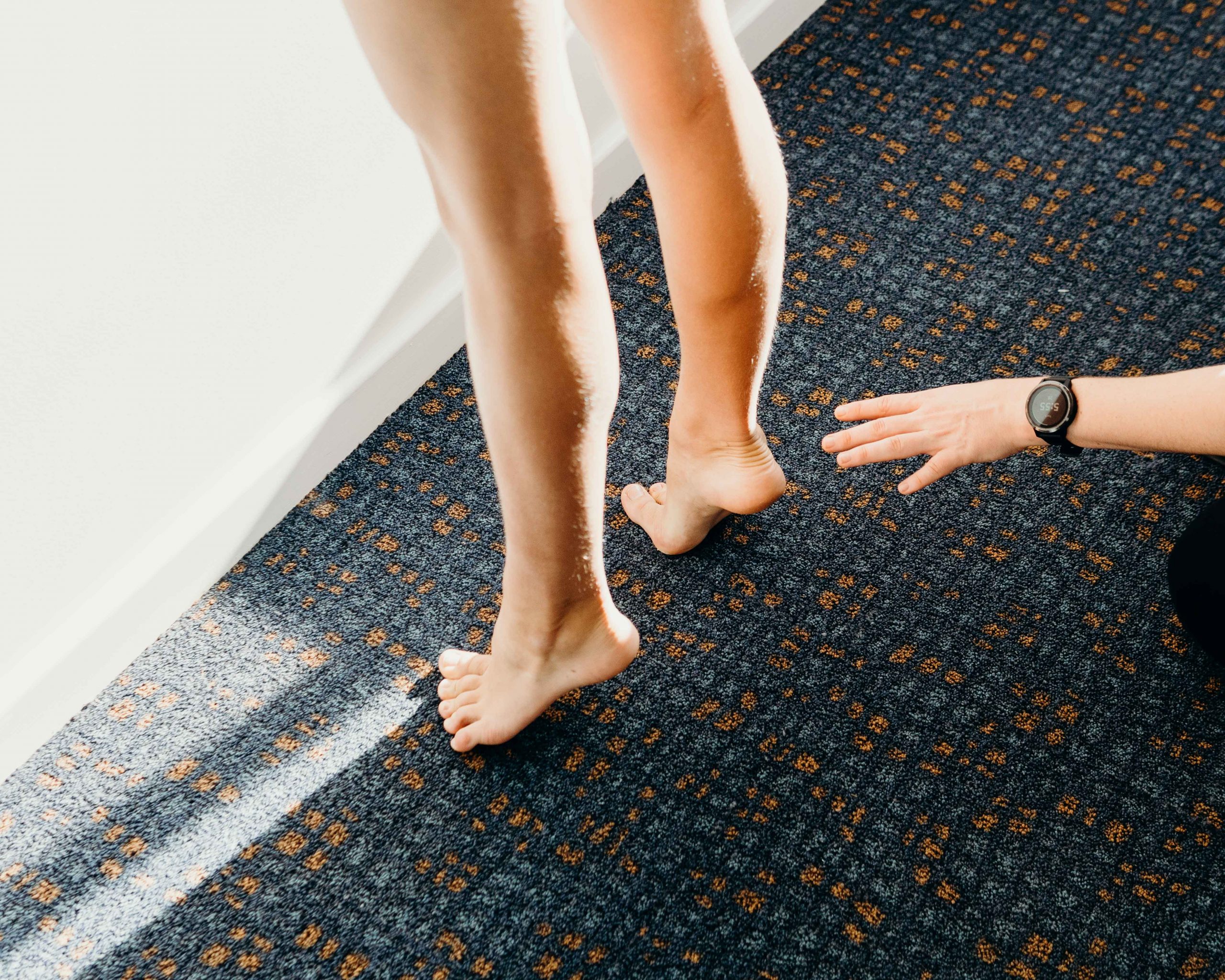
HEEL PAIN
It’s not the best start to the day when you get out of bed and immediately you find yourself limping due to pain in your heel. Likewise after a long hard day at work on your feet all you can think about is your painful heel and you can’t wait to get home to put your feet up. It’s an all too common problem we find presenting to our clinics and for those suffering from heel pain it can be very debilitating and persistent. Heel pain can present in many different forms including a sharp stabbing pain, generalised aching pain or a burning pain. Whilst plantar fasciitis is the most common type of heel pain it is best to have your pain correctly diagnosed by a Podiatrist as there are multiple types of heel pain including:
- Plantar fasciitis/fasciosis
- Achilles tendonitis/tendonosis
- Retrocalcaneal bursitis
- Haglund’s deformity
- Fat pad atrophy of the heel
- Subtalar joint arthritis
- Tarsal tunnel syndrome
- Baxter’s nerve entrapment
- Plantar calcaneal spur
- Calcaneal stress fracture
- Cuboid syndrome
- Referred pain from a myofascial trigger point
- Referred pain from a trapped nerve in the back/behind the knee
Our Podiatrists are very experienced in treating heel pain and will always conduct a gait analysis to examine whether poor biomechanics are to blame for your heel pain, such as having flat/high arches, a limb length difference or restricted joint range of motion and muscle weakness. Other causes can include poor fitting footwear, hard work surfaces, extended periods of standing/sitting, changes in exercise regimes and weight.
If you’re ready to give heel pain the boot, come in and see one of our experienced Podiatrists today! We pride ourselves on giving individual treatments plans to our clients and not a one size fits all approach. Treatment can include stretching/strengthening exercises, heel lifts, orthotics, footwear recommendations, dry needling, massage, foot mobilisations and manipulations, rock-taping/low-dye taping, compression socks, night splints and in the unlikely case the aforementioned doesn’t rid your pain we can refer for a cortisone injection, shockwave therapy and plantar fasciotomy.
GENERAL PODIATRY
Your feet, our expertise! As they always say, walking is the best medicine and to do this comfortably you need feet which are free of nail and skin pathologies. Healthy Feet Podiatry offers a comprehensive nail and skin care service covering all aspects of Podiatry including ingrown toenails, thickened nails, involuted nails, fungal nails, corns, calluses, cracked and fissuring heels, plantar warts, skin fungus, ulcers and foreign body removal.
We specialise in general foot care for all ages but also have a large focus on preventative medicine including the management of various foot deformities including claw toes, hammer toes and bunions and offer a wide range of padding/offloading options. Our clinics have been established for decades and as such we have built strong relationships with local footwear suppliers. We are more than happy to discuss your footwear needs and provide advice to suit the activities and sport you enjoy.
Maintaining a healthy lifestyle starts from the feet up, let us take care of your feet with our attention to detail and gentle approach to nail and skin care.
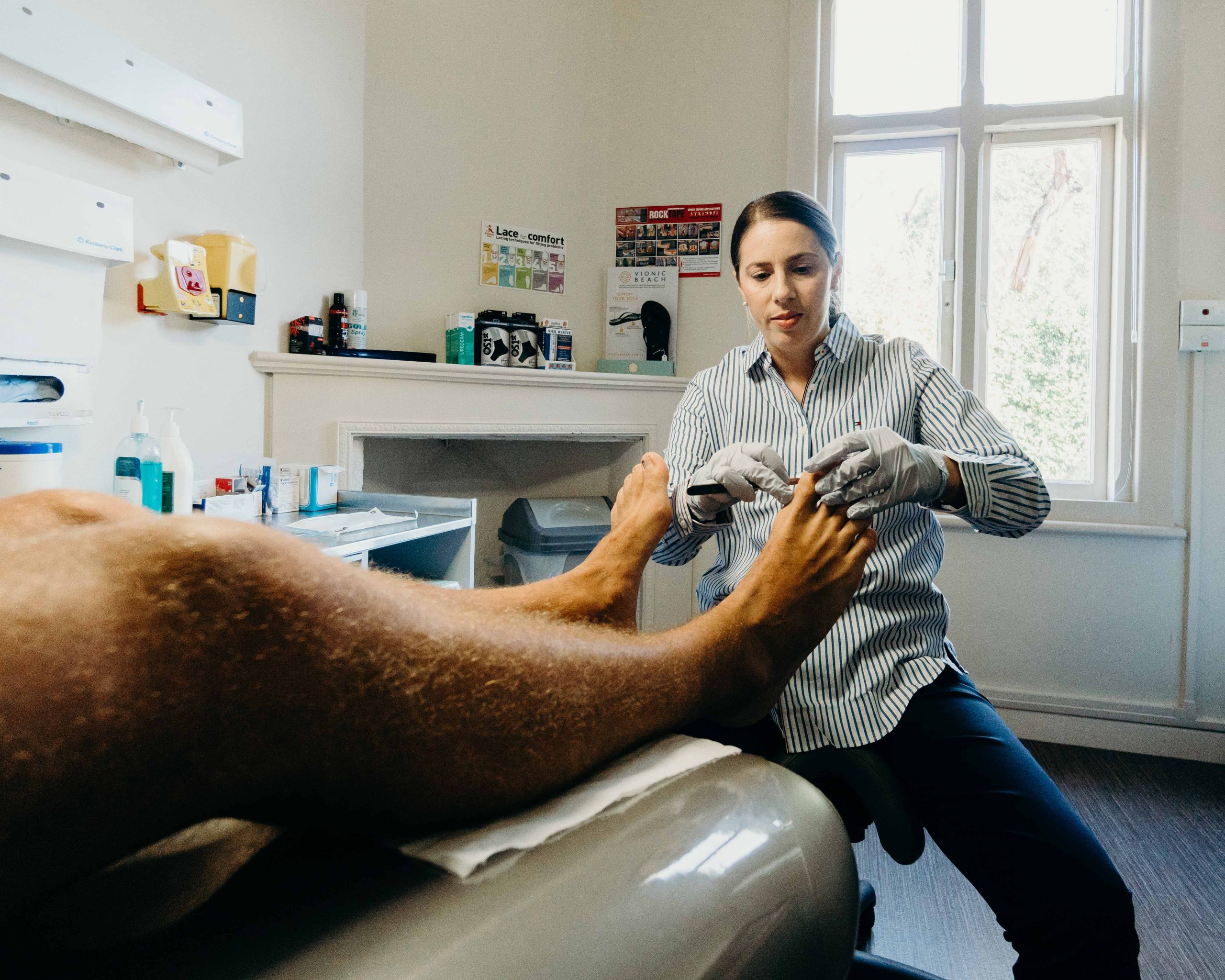

GENERAL PODIATRY
Your feet, our expertise! As they always say, walking is the best medicine and to do this comfortably you need feet which are free of nail and skin pathologies. Healthy Feet Podiatry offers a comprehensive nail and skin care service covering all aspects of Podiatry including ingrown toenails, thickened nails, involuted nails, fungal nails, corns, calluses, cracked and fissuring heels, plantar warts, skin fungus, ulcers and foreign body removal.
We specialise in general foot care for all ages but also have a large focus on preventative medicine including the management of various foot deformities including claw toes, hammer toes and bunions and offer a wide range of padding/offloading options. Our clinics have been established for decades and as such we have built strong relationships with local footwear suppliers. We are more than happy to discuss your footwear needs and provide advice to suit the activities and sport you enjoy.
Maintaining a healthy lifestyle starts from the feet up, let us take care of your feet with our attention to detail and gentle approach to nail and skin care.
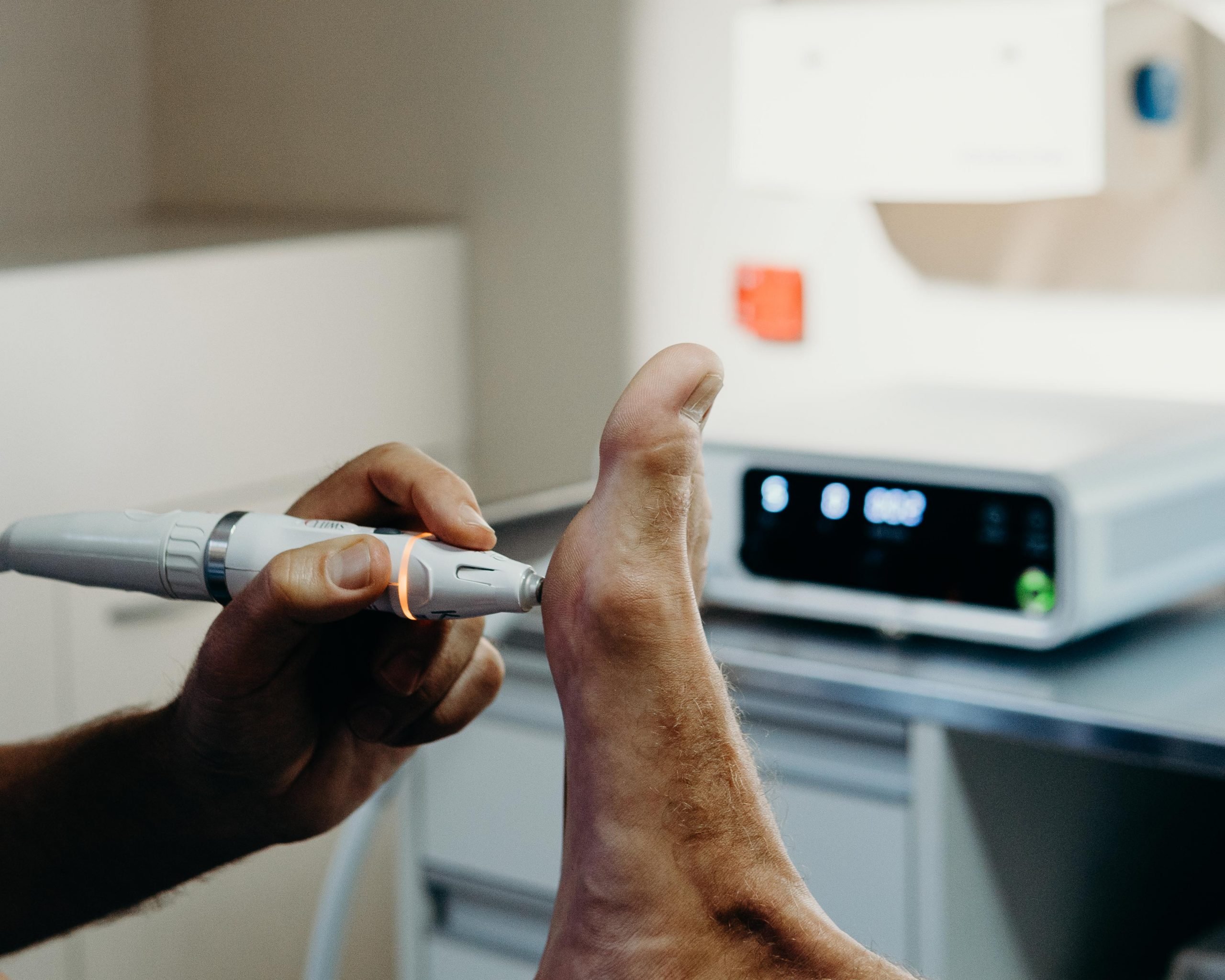
SWIFT Microwave Therapy– A breakthrough treatment for Warts!
Healthy Feet Podiatry was one of the first clinics in Adelaide offering this state-of-the-art treatment and the results speak for themselves! Swift currently has the highest success rate of all treatment modalities and best of all it doesn’t require any dressings.
Plantar warts can be stubborn, embarrassing and painful. Not only can they spread from the feet to other areas of the body, they are also highly contagious and are easily spread to other family members. It’s important to get warts treated as soon as they appear. Swift Microwave Therapy is a highly effective treatment option (83% success rate) of resolving warts and is far superior to the traditional dry ice, salicylic acid and surgical options.
Swift works by delivering a very short, focused burst of microwave energy to the wart without damaging the surrounding skin. This prompts an immune response from the body that begins to fight off the wart virus. Treatment is fast, with no after effects and you can get back to your daily activities and sport right away without the need for messy dressings. Generally, you only require 3 Swift treatments all of which are spaced 1 month apart.
If you have problematic warts that just don’t want to go away then come and visit us and let us show you the benefits of Swift, including:
- No pain following treatment
- No need for dressings
- No need for anaesthetic
- No side-effects or downtime
- An extremely reliable and effective treatment (83% success rate)
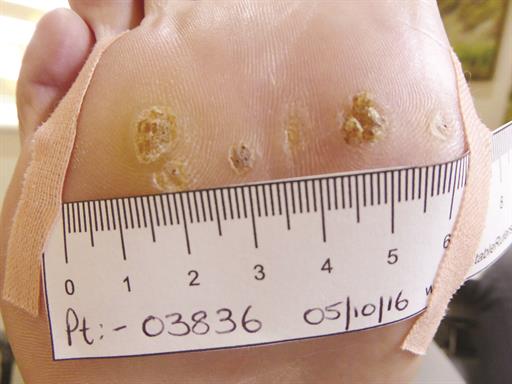
Before Swift
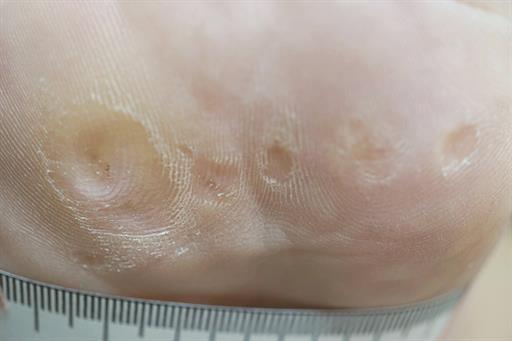
During Swift
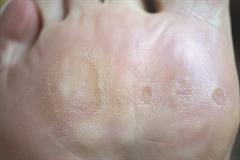
After Swift
DRY NEEDLING
One treatment option for individuals with musculoskeletal pain is dry needling. Using fine, sterile acupuncture needles, dry needling aims to release myofascial trigger points. Compared to acupuncture, which focuses on the treatment of medical conditions by restoring energy flow (Qi) through points in the body, dry needling aims to reduce pain and restore function through releasing tender taut bands in muscles.
The needle will cause the relaxation of muscle constriction in that band and its associated symptoms. The effects include the promotion of local healing, the reduction of pain and is effectively used to inactivate myofascial trigger points and tightness.
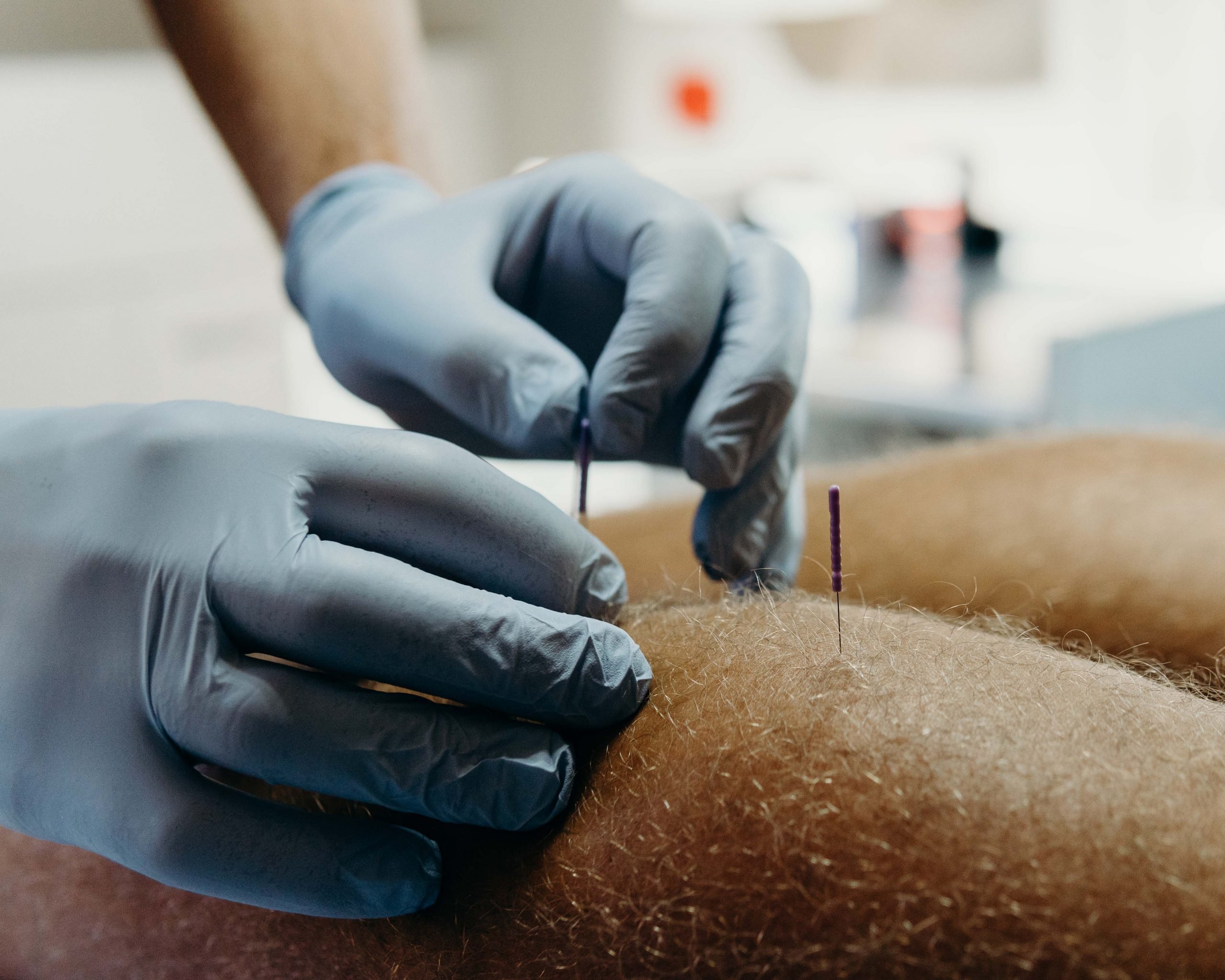

DRY NEEDLING
One treatment option for individuals with musculoskeletal pain is dry needling. Using fine, sterile acupuncture needles, dry needling aims to release myofascial trigger points. Compared to acupuncture, which focuses on the treatment of medical conditions by restoring energy flow (Qi) through points in the body, dry needling aims to reduce pain and restore function through releasing tender taut bands in muscles.
The needle will cause the relaxation of muscle constriction in that band and its associated symptoms. The effects include the promotion of local healing, the reduction of pain and is effectively used to inactivate myofascial trigger points and tightness.
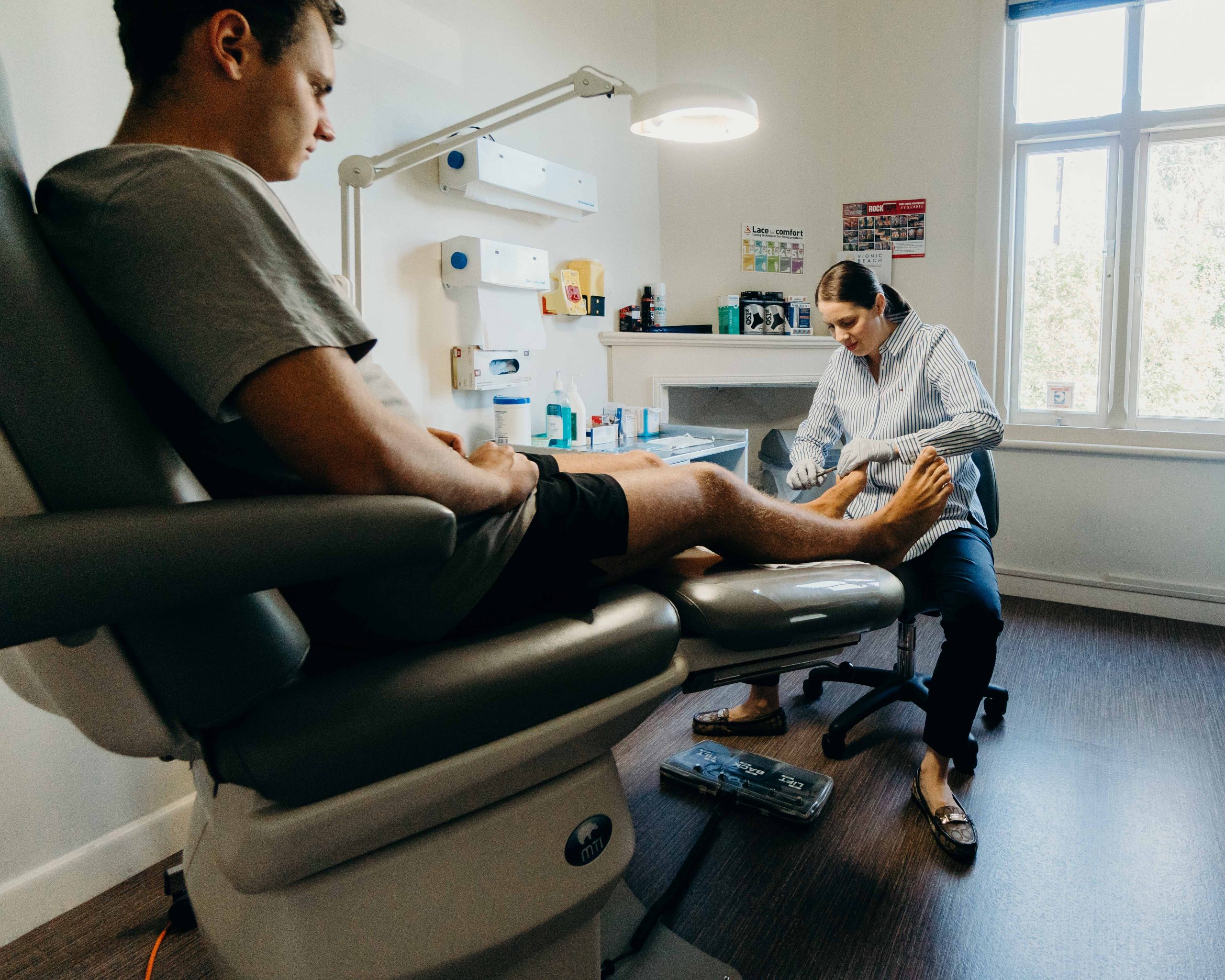
INGROWN TOENAILS
Ingrown toenails are a common nail pathology that begin when a small spicule of nail starts to dig into or press against the surrounding skin. The most common signs of an ingrown toenail can be a combination of pain, pus, redness, swelling, heat and hypergranulation tissue. Ingrown toenails need to be addressed early as often they will get worse and can lead to infection if they are left. Many people decide to see their GP first and get antibiotics, which can be helpful, but generally this doesn’t settle the issue as the nail spicule continues to dig further into the skin. No matter how many courses of antibiotics are taken the cause of the problem isn’t being addressed.
At Healthy Feet Podiatry we don’t just treat the symptoms but we fix the cause. At your initial appointment we perform our conservative gentle approach to remove the offending spicule of nail and get you pain free again. In more severe cases we may recommend you book a further visit to undergo a partial nail avulsion. We perform this safe and highly effective surgery in our clinic which research has shown to have a 97% success rate.
The permanent procedure is performed under local anaesthetic whereby a small section of the side of the nail is removed and a chemical called phenol is applied to ensure the nail won’t grow back down the side again. After the nail surgery we include a number of free follow up visits to ensure the nail is healing well. You are able to walk around immediately following surgery and the following day you are able to wear a shoe comfortably once the surgical dressings have been removed.
If you’re suffering with ingrown toenails don’t delay it any longer, come and see our experienced Podiatrists who will get you back on your feet pain free.
SPORTS PODIATRY
Sports podiatry focuses on the assessment and treatment of the foot and lower limb with regards to looking at improving performance or rehabilitating injuries sustained during sport.
No matter what sport you play there are forces being placed upon the foot and lower limb that can result in injury. Common injuries seen in the clinic include plantar fasciitis, tendinopathies, stress fractures, ankle sprains and ligament tears.
As podiatrists, through assessment of the lower limb, we are able to diagnose foot conditions and subsequently provide treatment such as exercise prescription, mobilisation, strapping, dry needling, footwear education and custom orthotic prescription.
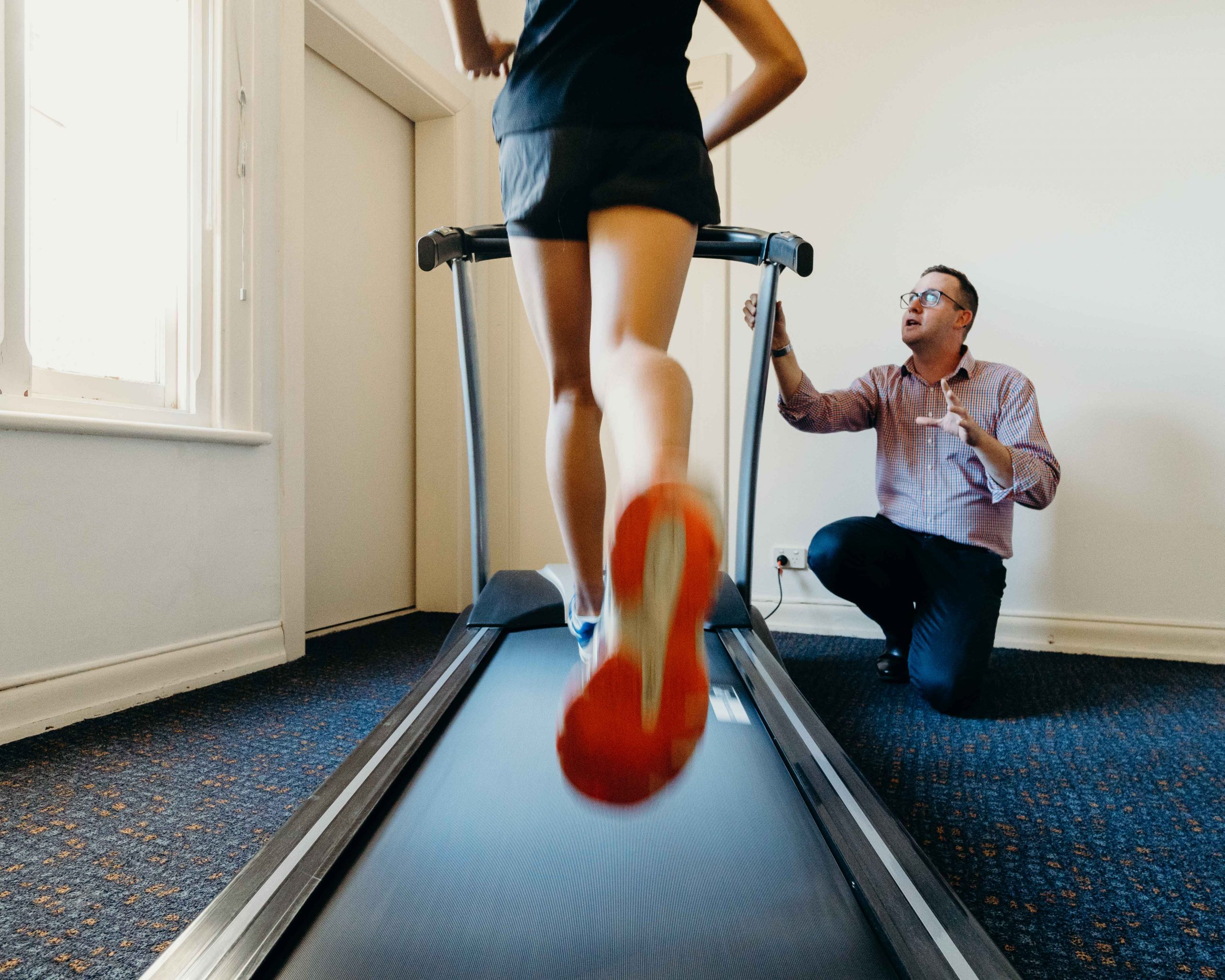

SPORTS PODIATRY
Sports podiatry focuses on the assessment and treatment of the foot and lower limb with regards to looking at improving performance or rehabilitating injuries sustained during sport.
No matter what sport you play there are forces being placed upon the foot and lower limb that can result in injury. Common injuries seen in the clinic include plantar fasciitis, tendinopathies, stress fractures, ankle sprains and ligament tears.
As podiatrists, through assessment of the lower limb, we are able to diagnose foot conditions and subsequently provide treatment such as exercise prescription, mobilisation, strapping, dry needling, footwear education and custom orthotic prescription.
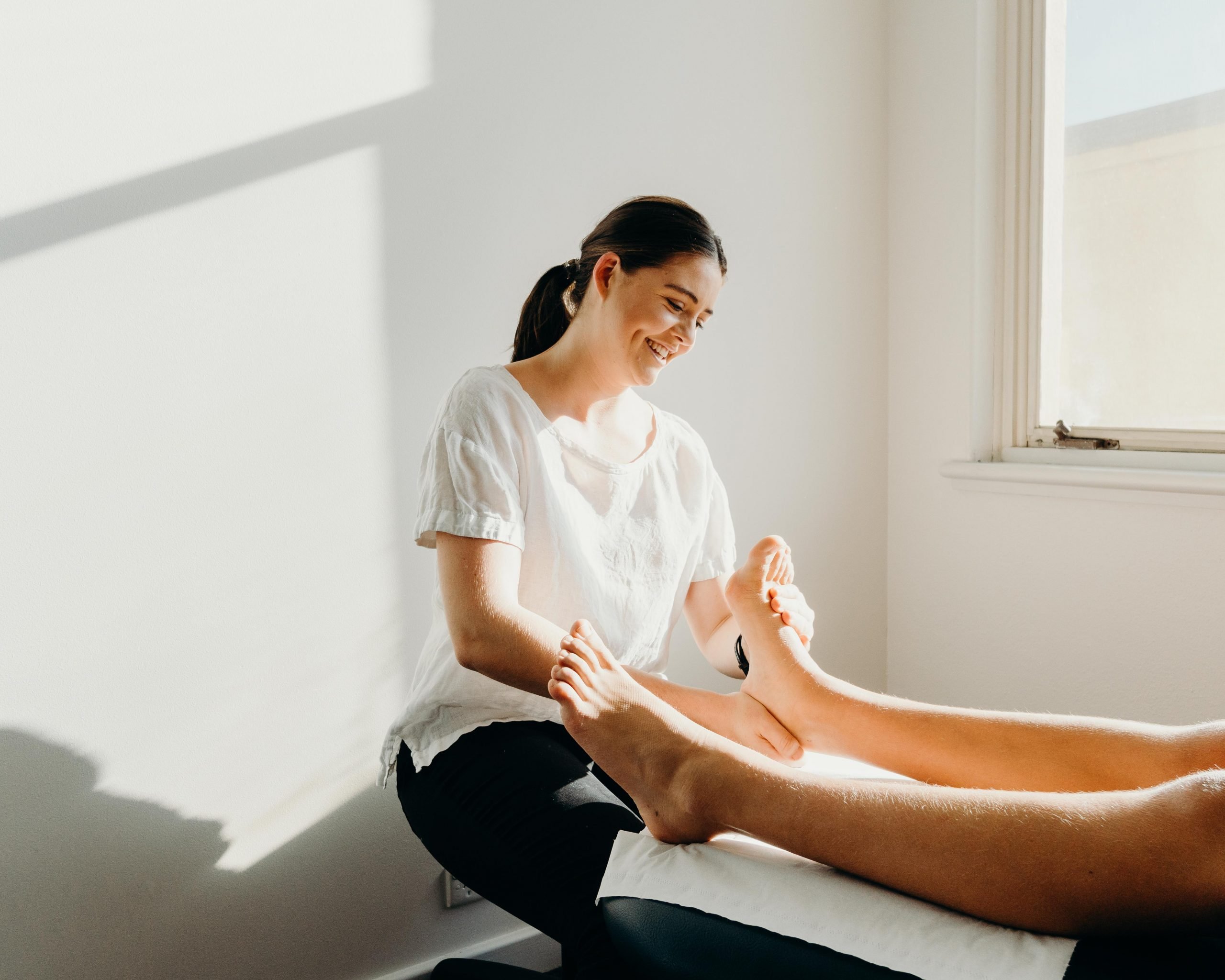
FOOT MOBILISATION
Foot Mobilisation is a manual therapy developed to improve foot and ankle function through targeting stiff or restricted joints.
It is sometimes incorporated into a treatment plan for people with foot pain where restricted joint movement is contributing to the problem.
Combined with a specific stretching and strengthening program, foot mobilisations can help with a variety of conditions, be it muscular or arthritic.
Through gentle hands-on therapy, our Podiatrists are able to free up restrictions and stiffness within the joints and restore range of motion.
PAEDIATRIC PODIATRY
Podiatrists are able to assess and treat conditions of the foot and lower limb in children to help them stay active and prevent complications later on in life.
Children are able to visit us for the management and assessment of flat feet, gait abnormalities, lower limb pain, ingrown toenails, warts as well as orthotic therapy and footwear assessment.
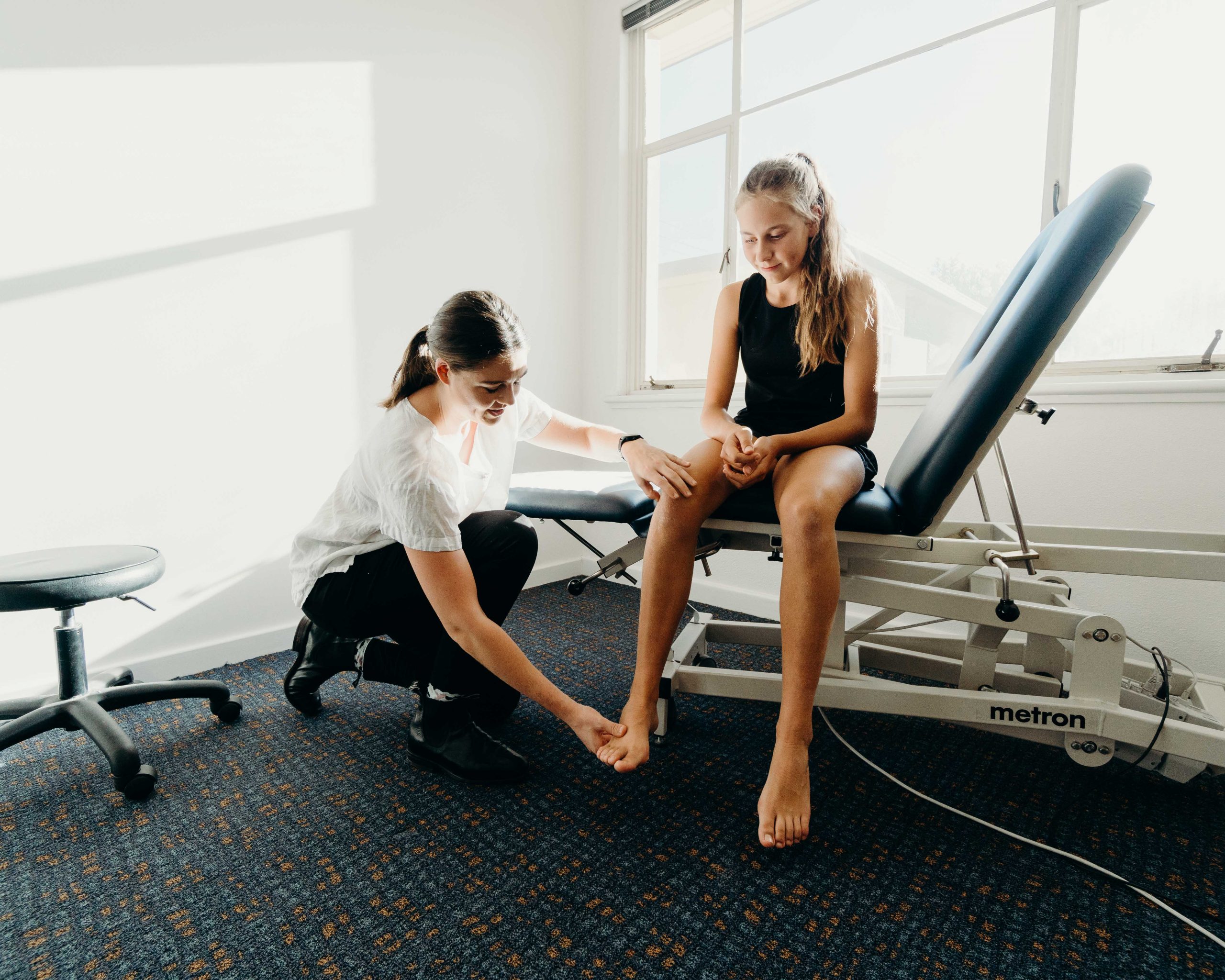

PAEDIATRIC PODIATRY
Podiatrists are able to assess and treat conditions of the foot and lower limb in children to help them stay active and prevent complications later on in life.
Children are able to visit us for the management and assessment of flat feet, gait abnormalities, lower limb pain, ingrown toenails, warts as well as orthotic therapy and footwear assessment.
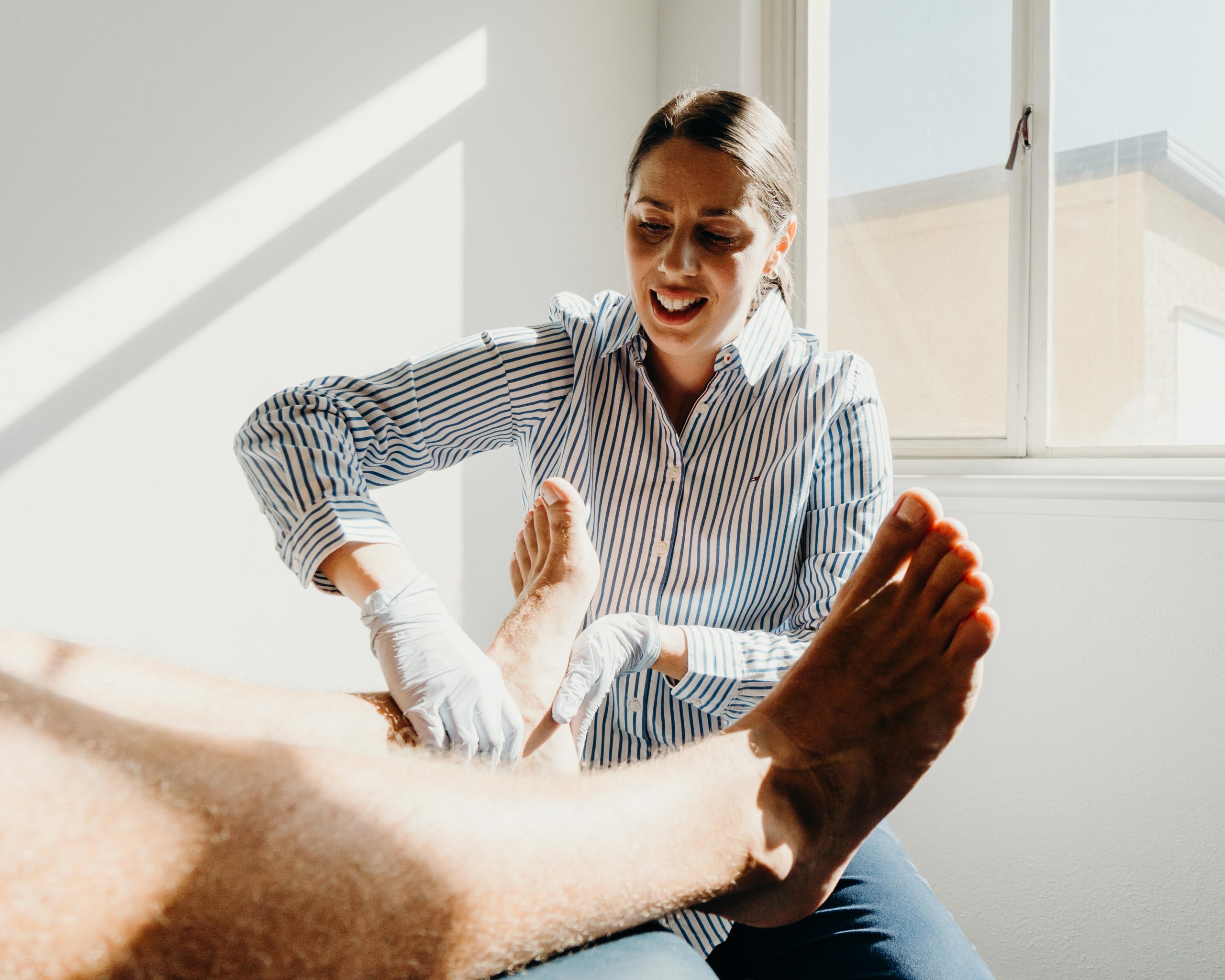
DIABETES
Diabetes currently affects 13% of the Australian population, with a new diagnosis made every 5 minutes! The complications that can occur in the feet are the biggest contributor of hospitalisation than any other complication caused by the disease.
Diabetes can have profound effects on the blood circulation and the nerve sensation of the feet and lower limb. The development of these complications then poses greater risk for ulceration, infection and at worst amputation with 34% of people with diabetes developing a foot ulcer in their life-time.
Podiatry is an integral part of diabetes care and the prevention of serious complications. Through annual neurovascular assessment, education surrounding the condition and routine care, our Podiatrists are able to reduce the risk of diabetic foot complications.
A treatment plan will be customised to every diabetic patient’s unique needs and we welcome those attending with an Enhanced Primary Care (EPC) plan from their GP.
ARTHRITIS
Arthritis is characterised by inflammation of one or more joints in the body and can result in pain and stiffness. Each foot consists of 26 bones, so it’s no surprise that the feet are commonly affected with varying degrees of arthritis. The main types of arthritis that affect the foot and ankle are osteoarthritis, rheumatoid arthritis, and psoriatic arthritis.
Osteoarthritis, also known as degenerative or “wear-and-tear” arthritis, occurs when the cartilage wears away and the protective space between the bones decreases. This can result in bone rubbing on bone, producing painful osteophytes (bone spurs). In addition to age, other risk factors for osteoarthritis include obesity, past history of trauma and family history of the disease.
Rheumatoid arthritis is a chronic disease where the immune system attacks its own tissues resulting in swelling and damage to bone, cartilage, ligaments and tendons. In some cases it can lead to serious joint deformity and disability. It is symmetrical, meaning that it usually affects the same joint on both sides of the body. The exact cause of rheumatoid arthritis is not known. Although it is not an inherited disease researchers believe that some people have genes that make them more susceptible.
Psoriatic arthritis is a chronic, autoimmune form of arthritis resulting in joint pain, stiffness and swelling. Unlike Rheumatoid Arthritis, psoriatic arthritis is unilateral and disease flares may alternate with periods of remission. Psoriatic arthritis can also cause pain at the points where tendons and ligaments attach to your bones — especially at the back of your heel or in the sole of your foot. About a third of individuals with psoriasis also develop psoriatic arthritis.
Although there is no cure for arthritis, there are many treatment options available to slow the progress of the disease and relieve symptoms. Biomechanical assessment, orthotic therapy, joint mobilisation, footwear education and advice are all services available for the treatment and management of arthritis.
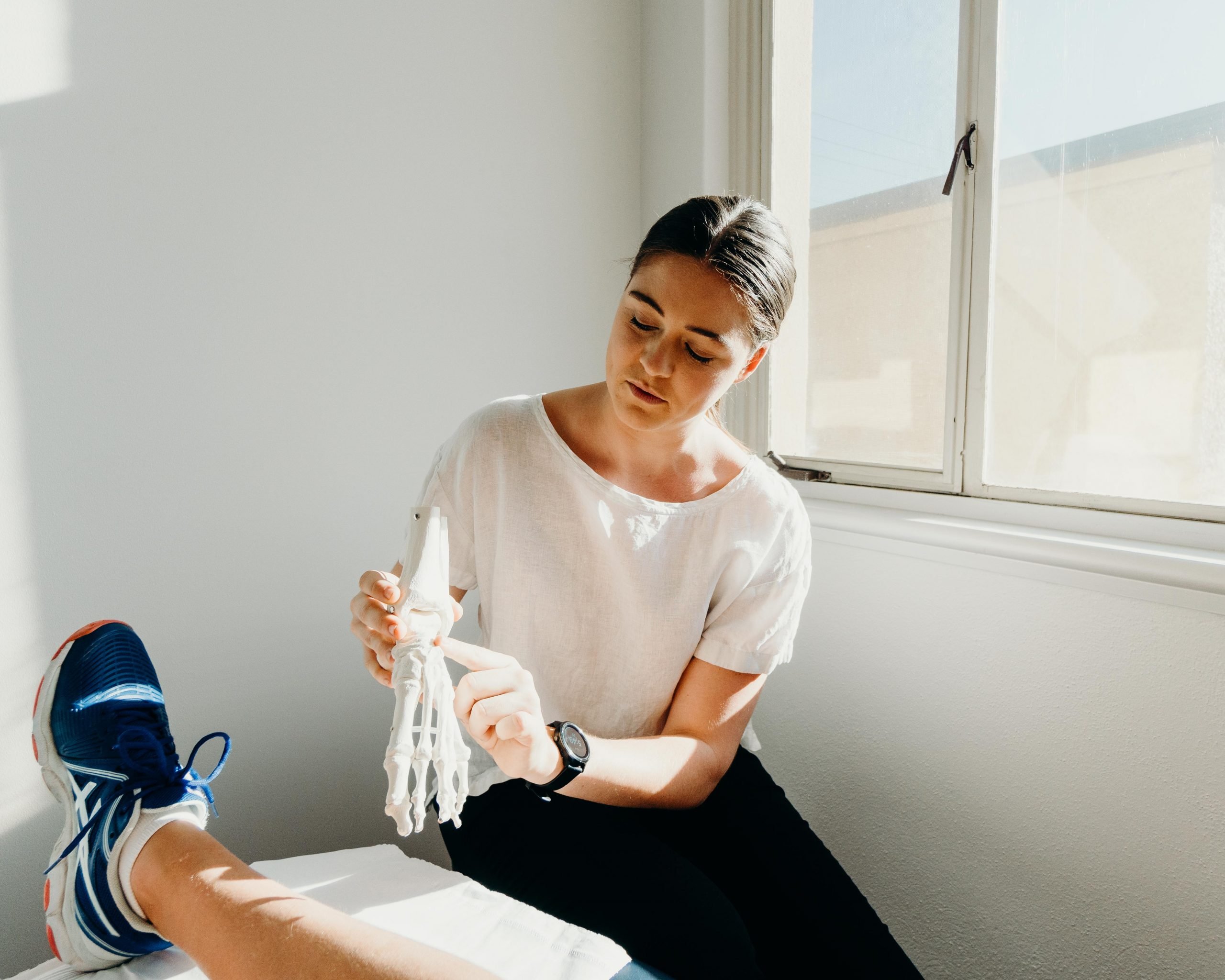

ARTHRITIS
Arthritis is characterised by inflammation of one or more joints in the body and can result in pain and stiffness. Each foot consists of 26 bones, so it’s no surprise that the feet are commonly affected with varying degrees of arthritis. The main types of arthritis that affect the foot and ankle are osteoarthritis, rheumatoid arthritis, and psoriatic arthritis.
Osteoarthritis, also known as degenerative or “wear-and-tear” arthritis, occurs when the cartilage wears away and the protective space between the bones decreases. This can result in bone rubbing on bone, producing painful osteophytes (bone spurs). In addition to age, other risk factors for osteoarthritis include obesity, past history of trauma and family history of the disease.
Rheumatoid arthritis is a chronic disease where the immune system attacks its own tissues resulting in swelling and damage to bone, cartilage, ligaments and tendons. In some cases it can lead to serious joint deformity and disability. It is symmetrical, meaning that it usually affects the same joint on both sides of the body. The exact cause of rheumatoid arthritis is not known. Although it is not an inherited disease researchers believe that some people have genes that make them more susceptible.
Psoriatic arthritis is a chronic, autoimmune form of arthritis resulting in joint pain, stiffness and swelling. Unlike Rheumatoid Arthritis, psoriatic arthritis is unilateral and disease flares may alternate with periods of remission. Psoriatic arthritis can also cause pain at the points where tendons and ligaments attach to your bones — especially at the back of your heel or in the sole of your foot. About a third of individuals with psoriasis also develop psoriatic arthritis.
Although there is no cure for arthritis, there are many treatment options available to slow the progress of the disease and relieve symptoms. Biomechanical assessment, orthotic therapy, joint mobilisation, footwear education and advice are all services available for the treatment and management of arthritis.
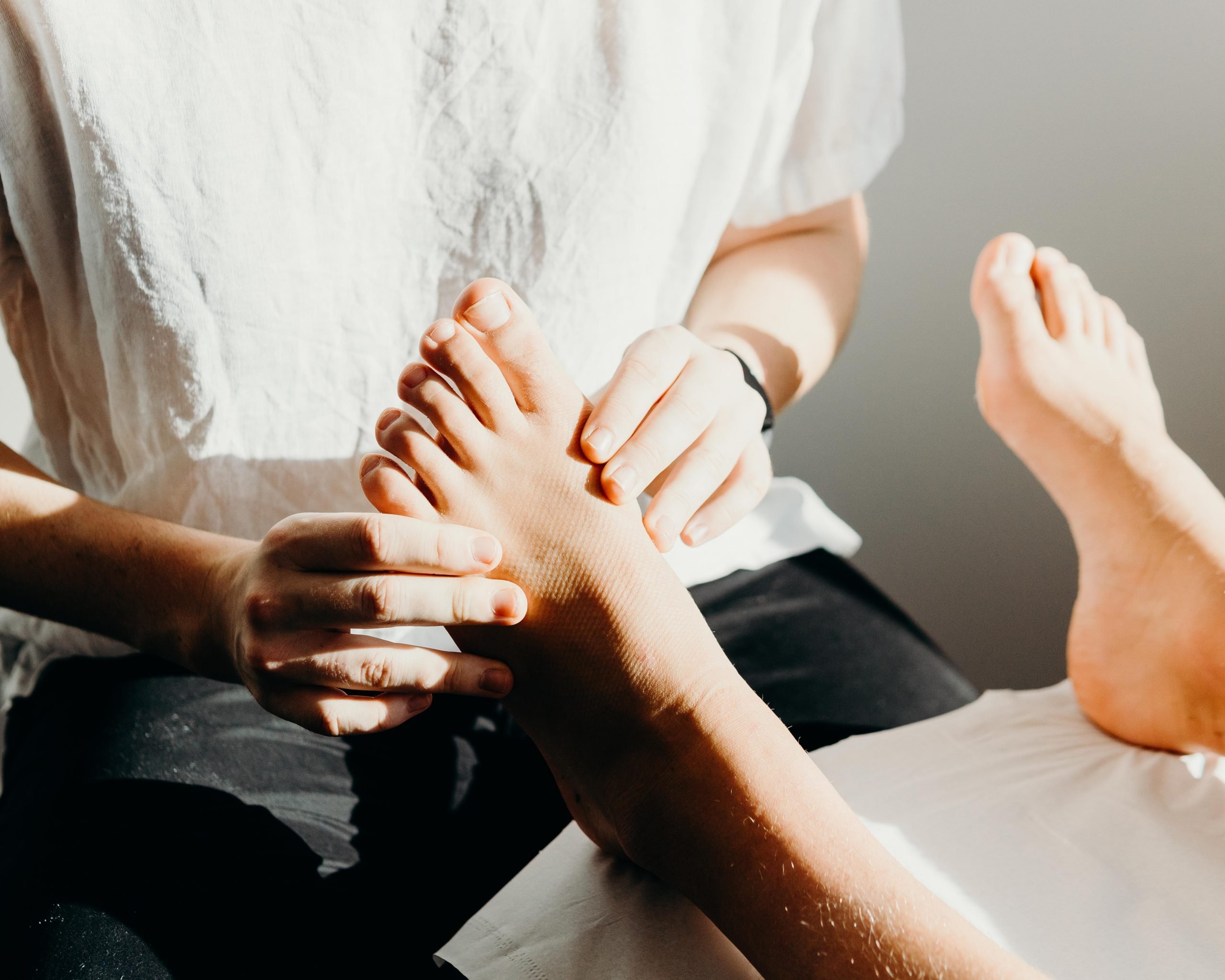
FUNGAL TOENAILS
Do you have thickened, crumbly or discoloured toenails? This can often be caused by a fungal infection within the nail. Fungal nails often begin with a white powdery appearance on the surface of the nail. If they are left untreated the fungus can worsen and the nail becomes thick, crumbly and brittle with a yellow/brown discolouration and debris build up beneath the nail plate. It can also begin to spread to other toenails on your feet. Worse still, through sharing the same shower you can inadvertently be spreading it to other family members.
If you have concerns that you think you may have fungal toenails, book an appointment with one of our experienced Podiatrists who can diagnose and treat fungal nails with a range of different treatment options to suit your needs.
FOOT PAIN
Foot pain can be debilitating to an active lifestyle and can have many sources, from fractures and sprains to nerve damage. At Healthy Feet Podiatry we treat all types of foot pain but have listed 4 common presentations below:
Plantar Fasciitis. Plantar fasciitis is characterised by severe pain in the heel of the foot, particularly after rest. The condition is due to an overuse injury and results in inflammation of the fascia – a tough, fibrous band of tissue that connects the heel bone to the base of the toes. Plantar fasciitis is more common in women, people who are overweight, people with occupations that require a lot of walking or standing on hard surfaces, or sudden increases in activity. Walking or running, especially with tight calf muscles, may also cause the condition.
Achilles Tendionpathy. The Achilles tendon is the largest tendon in the human body. It connects the calf muscle to the heel bone. However, this tendon is also the most common site of rupture or tendonitis, caused by overuse of the tendon and calf muscles. Symptoms may include mild pain after exercise that worsens gradually, stiffness that disappears after the tendon warms up, and swelling.
Morton neuroma is a build-up of tissue in the nerves running between the long bones of the foot. Morton neuroma occurs when two bones rub together and squeeze the nerve between them. Most often, neuromas develop between the bones leading to the third and fourth toes, and often cause swelling, tenderness, and pain. If the pain becomes severe, it may cause tingling, numbness, and burning in the toes.
Bunions. A bunion is a protrusion of bone or tissue around a joint. Bunions may occur at the base of the great toe or at the base of the little toe, and often occur when the joint is stressed over a period of time. Bunions can also be a result of arthritis, which often affects the big toe joint.
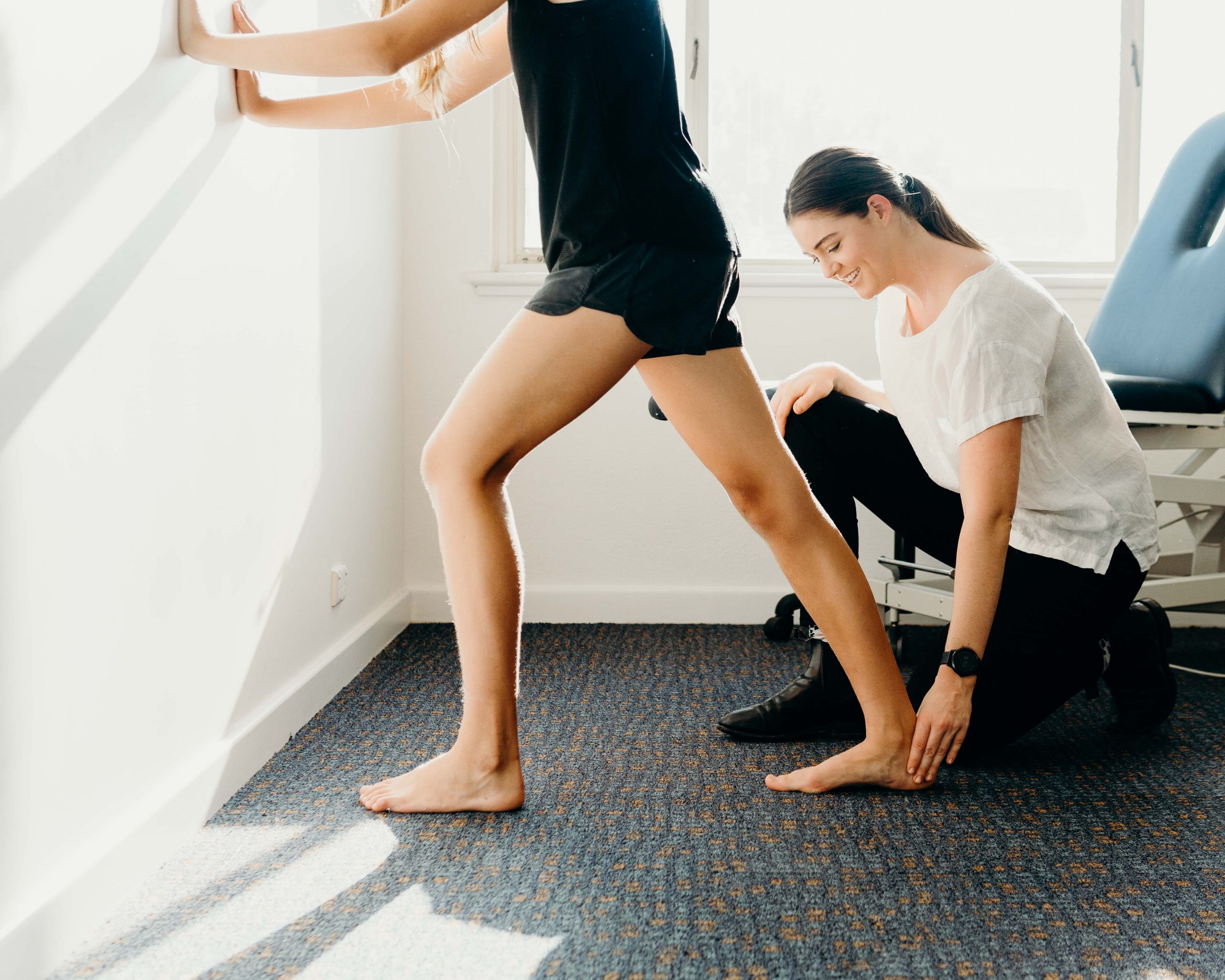

FOOT PAIN
Foot pain can be debilitating to an active lifestyle and can have many sources, from fractures and sprains to nerve damage. At Healthy Feet Podiatry we treat all types of foot pain but have listed 4 common presentations below:
Plantar Fasciitis. Plantar fasciitis is characterised by severe pain in the heel of the foot, particularly after rest. The condition is due to an overuse injury and results in inflammation of the fascia – a tough, fibrous band of tissue that connects the heel bone to the base of the toes. Plantar fasciitis is more common in women, people who are overweight, people with occupations that require a lot of walking or standing on hard surfaces, or sudden increases in activity. Walking or running, especially with tight calf muscles, may also cause the condition.
Achilles Tendionpathy. The Achilles tendon is the largest tendon in the human body. It connects the calf muscle to the heel bone. However, this tendon is also the most common site of rupture or tendonitis, caused by overuse of the tendon and calf muscles. Symptoms may include mild pain after exercise that worsens gradually, stiffness that disappears after the tendon warms up, and swelling.
Morton neuroma is a build-up of tissue in the nerves running between the long bones of the foot. Morton neuroma occurs when two bones rub together and squeeze the nerve between them. Most often, neuromas develop between the bones leading to the third and fourth toes, and often cause swelling, tenderness, and pain. If the pain becomes severe, it may cause tingling, numbness, and burning in the toes.
Bunions. A bunion is a protrusion of bone or tissue around a joint. Bunions may occur at the base of the great toe or at the base of the little toe, and often occur when the joint is stressed over a period of time. Bunions can also be a result of arthritis, which often affects the big toe joint.
Healthy Feet Podiatry
Highgate
441 Fullarton Road
HIGHGATE SA 5063
Tel: 08 8271 2822
Glenelg East
Morphettville Medical Centre
520 Anzac Highway
GLENELG EAST SA 5045
Tel: 08 8376 9766
Morphett Vale
Suite 2 176 Main South Road
MORPHETT VALE SA 5162
Tel: 08 8166 7533
Copyright 2021 © Healthy Feet Podiatry
